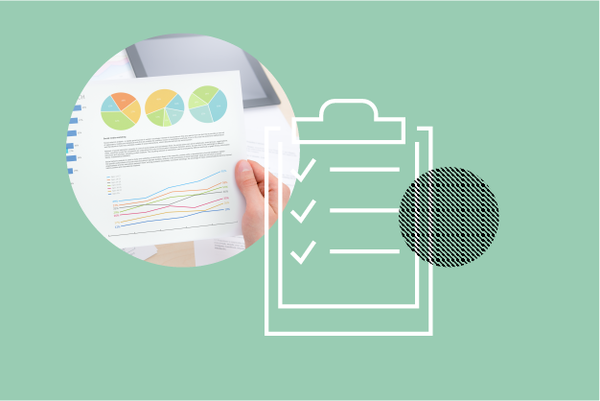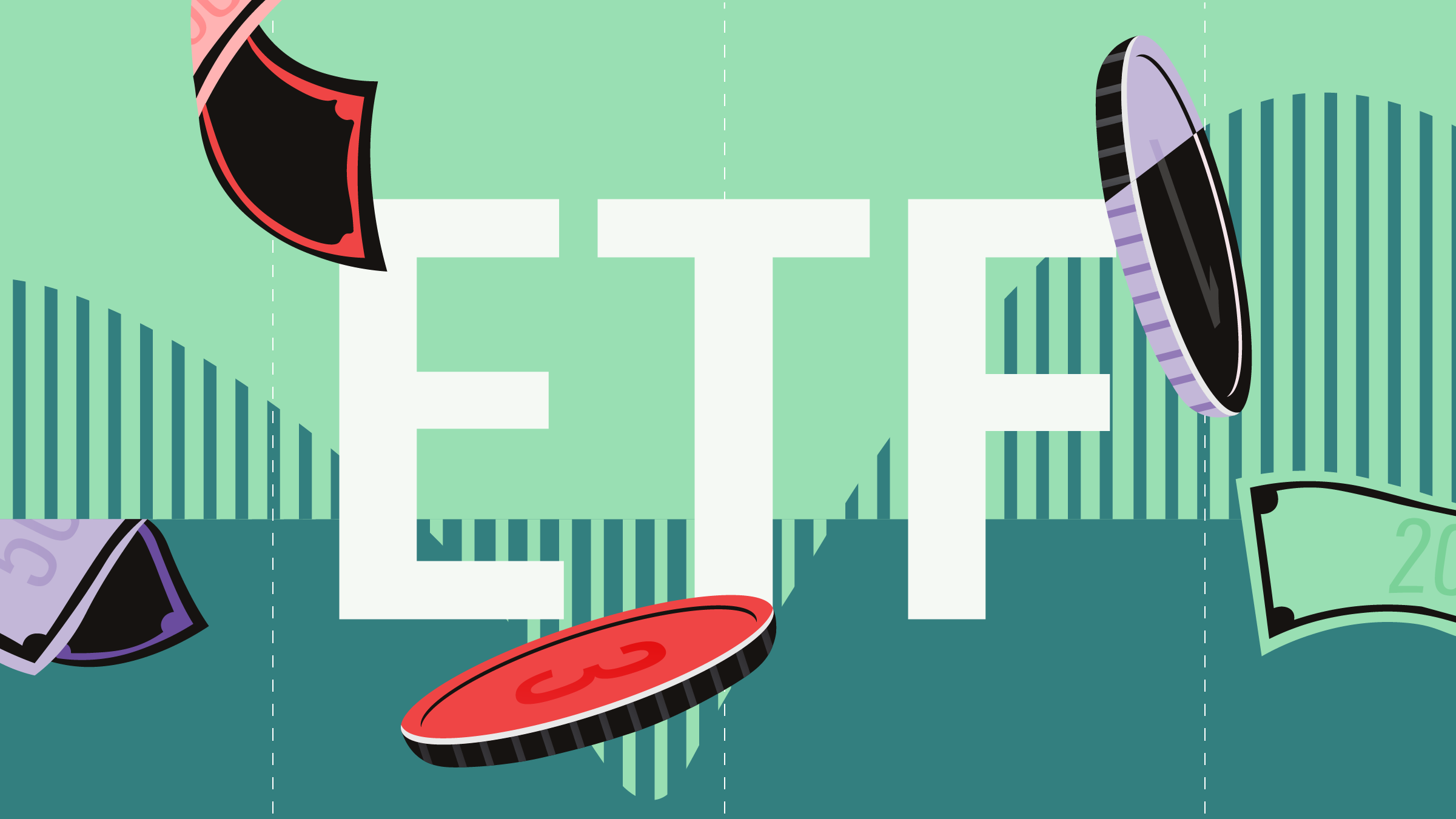
Canadians still wondering where to invest their 2022 Registered Retirement Savings Plan (RRSP) contributions before the March 1st deadline may be wondering what their options are. Last year saw a rare dismal performance for both stock and bond portfolios, which in turn sowed doubts about the tried-and-tested 60/40 portfolio strategy that is prominent in RRSPs. Are there more robust alternatives?
Some firms offer an unconventional approach to provide sought after downside protection. But does this work in the long term? We compared the 2022 and long-term results of such BMO’s Retirement Balanced Portfolio, with its more traditional sibling, the BMO Balanced ETF Portfolio, and found that the more complicated approach held up better last year, but lagged over the long term.
BMO Balanced ETF Portfolio – The Traditional Choice
BMO Balanced ETF Portfolio represents a well-diversified 60/40 portfolio comprised of cheap and passive ETFs. Portfolio managers Sadiq Adatia and Steven Shephard also collaborate with a larger Multi-Asset Solutions Team to make small short-term bets; for instance, they hold a position in the Energy Sector SPDR ETF (XLE) with the expectation of elevated oil prices.
The fund underperformed its Morningstar Category Index in 2022 by 0.17%, but changes in both the team and process make the future bright. An introduction of the short-term bets increases the possibility of outperformance while recent additions to the overall team fills in prior weaknesses and constraints. The shake-ups and changes need time to settle which is the driving force behind a Neutral rating.
BMO Retirement Balanced Portfolio – Now with Downside Protection!
A complex set of derivatives lies at the core of BMO Retirement Balanced Fund. Portfolio managers Chris Heakes and Chris McHaney manage a portfolio with a mandate to provide downside protection. The two largest holdings in the portfolio – BMO Risk Reduction Equity and BMO Risk Reduction Fixed-Income – use a collar option strategy and credit default swap to protect the portfolio against large market declines and elevated bankruptcy risk respectively. Other ETFs make up the rest of the portfolio.
2022 proved a vindicating year for the fund. It beat its Morningstar Category index by 0.83%, which was an expected outcome given the level of focus the team has on downside protection. However, the complexity of BMO Retirement’s derivative strategy ironically introduces an ever-present risk that a misstep results in large losses quickly. It also limits the fund’s performance in market rallies, giving up potential returns in exchange of containing losses; from inception up until Jan. 1, 2022, the fund lagged its index by 0.96% annualized. In fact, last year’s performance influence broke a long-standing trend, but that didn’t make up for the returns given up over the last 7 years.
Which Should You Consider?
2022 gave the clear advantage to the BMO Retirement Balanced Portfolio. The use of derivatives worked as intended by providing downside risk in a year where bonds behaved like stocks. It beat the Balanced ETF Portfolio handily in 2022 as seen in the table above (returns in the table are annualized.)
However, such an environment comes around rarely and paying more to wait around for another 2022 might not be prudent for a retirement portfolio. The long-run track record of both strategies shows that the traditional diversified portfolio trumps the non-conventional approach. The BMO Balanced ETF Portfolio beat the BMO Retirement Balanced Portfolio in 5 of the last 7 years and over time as highlighted in the graph above. The protection, over the long-run, was not worth the opportunity cost.






















